filter
-
Brand
- By Category
- Direction
- Date Range
74Events
Pictures
Events
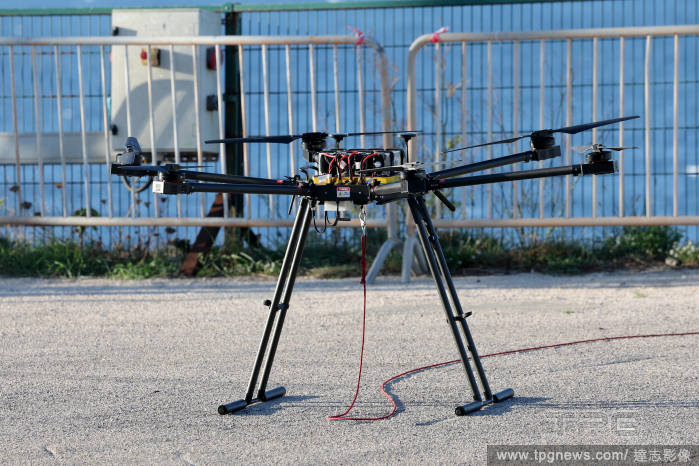
Editorial Saint Mandrier : Presentation of the French Navy s drones
- 2024-10-14
- 16
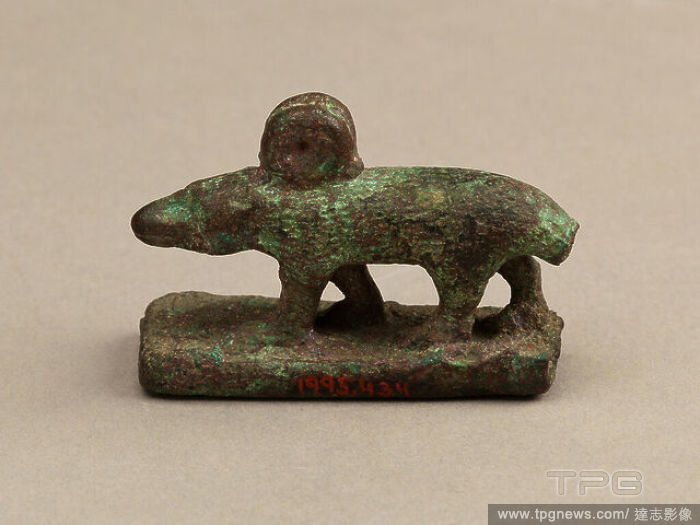
Editorial Saint Mandrier : Presentation of the French Navy s drones
- 2024-09-10
- 1
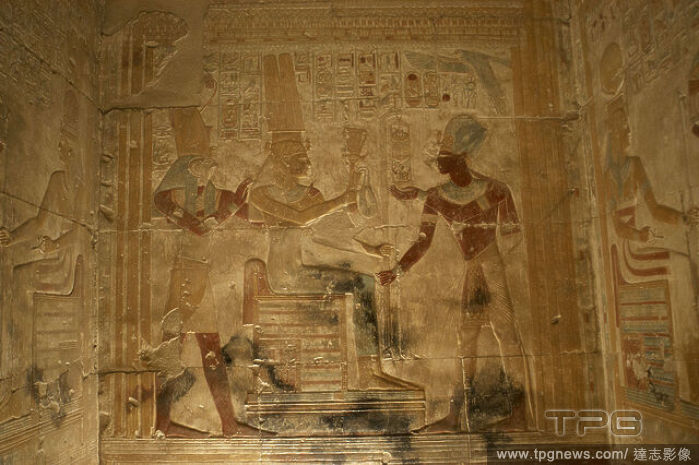
Editorial Saint Mandrier : Presentation of the French Navy s drones
- 2024-09-10
- 1
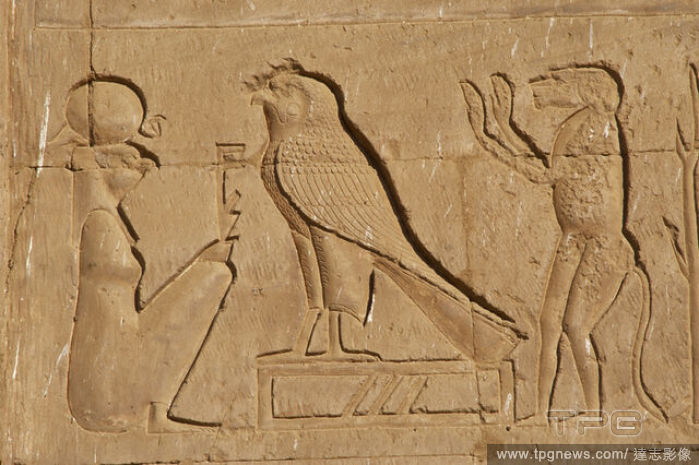
Editorial Saint Mandrier : Presentation of the French Navy s drones
- 2024-09-09
- 1
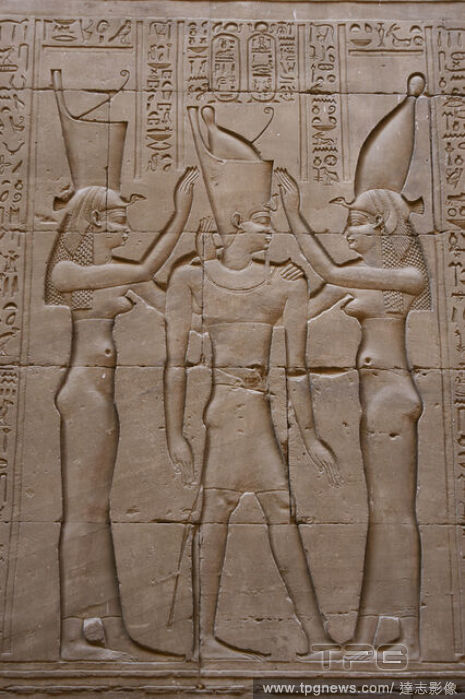
Editorial Saint Mandrier : Presentation of the French Navy s drones
- 2024-09-09
- 1

Editorial Saint Mandrier : Presentation of the French Navy s drones
- 2024-03-08
- 1
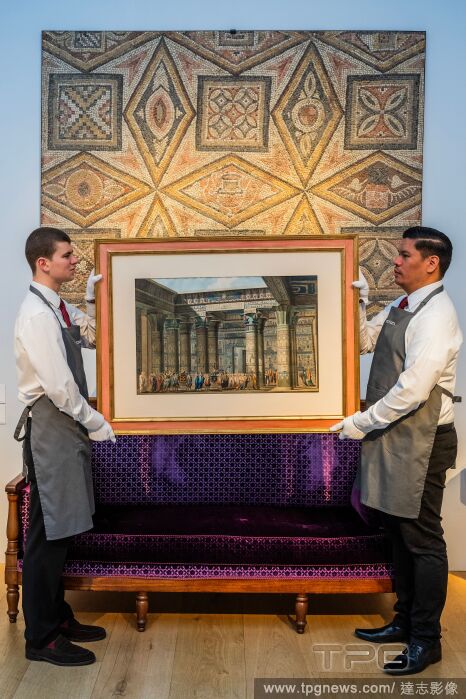
Editorial The collection of connoisseur Philip Hewat-Jaboor at Christies London., King Street, London, UK - 05 Feb 2024
- 2024-02-05
- 3
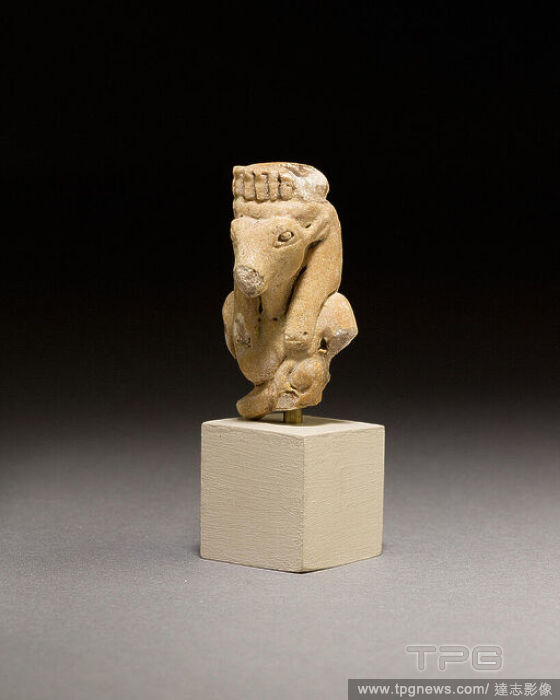
Editorial The collection of connoisseur Philip Hewat-Jaboor at Christies London., King Street, London, UK - 05 Feb 2024
- 2023-12-07
- 1
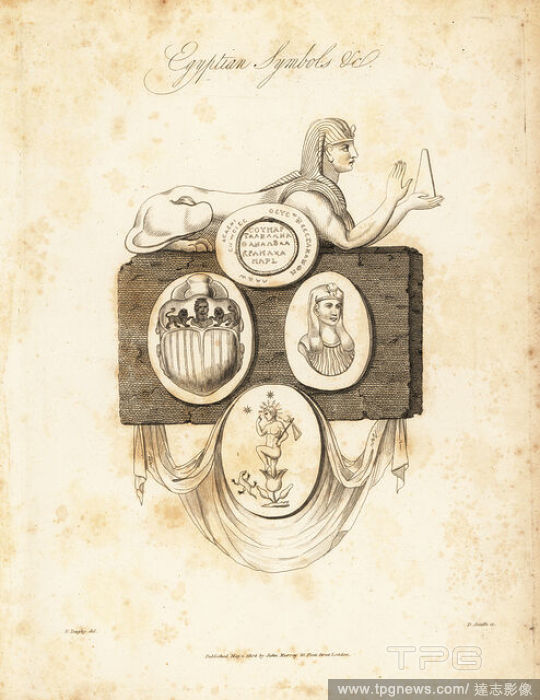
Editorial The collection of connoisseur Philip Hewat-Jaboor at Christies London., King Street, London, UK - 05 Feb 2024
- 2023-12-07
- 1

Editorial The collection of connoisseur Philip Hewat-Jaboor at Christies London., King Street, London, UK - 05 Feb 2024
- 2023-12-07
- 1

Editorial The collection of connoisseur Philip Hewat-Jaboor at Christies London., King Street, London, UK - 05 Feb 2024
- 2023-12-07
- 1

Editorial The collection of connoisseur Philip Hewat-Jaboor at Christies London., King Street, London, UK - 05 Feb 2024
- 2023-11-01
- 1

Editorial The collection of connoisseur Philip Hewat-Jaboor at Christies London., King Street, London, UK - 05 Feb 2024
- 2023-11-01
- 1

Editorial The collection of connoisseur Philip Hewat-Jaboor at Christies London., King Street, London, UK - 05 Feb 2024
- 2023-06-16
- 3
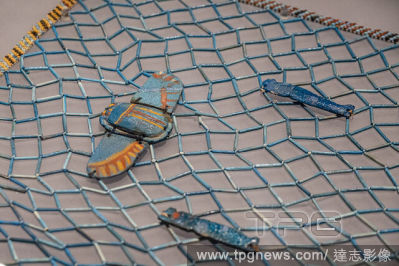
Editorial The collection of connoisseur Philip Hewat-Jaboor at Christies London., King Street, London, UK - 05 Feb 2024
- 2023-06-16
- 1
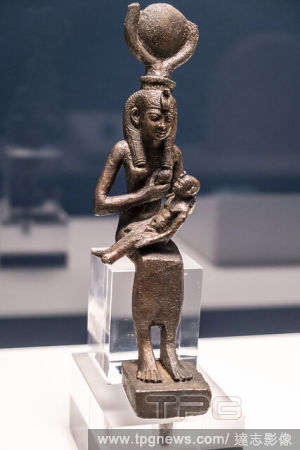
Editorial The collection of connoisseur Philip Hewat-Jaboor at Christies London., King Street, London, UK - 05 Feb 2024
- 2023-06-16
- 1
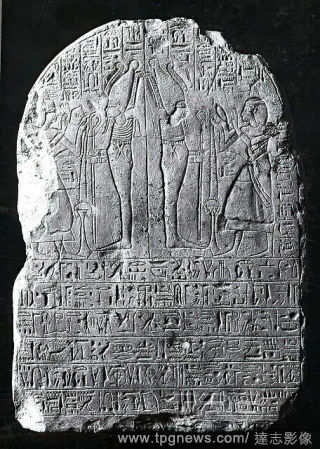
Editorial The collection of connoisseur Philip Hewat-Jaboor at Christies London., King Street, London, UK - 05 Feb 2024
- 2023-06-16
- 1
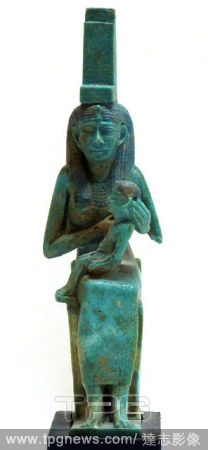
Editorial The collection of connoisseur Philip Hewat-Jaboor at Christies London., King Street, London, UK - 05 Feb 2024
- 2023-06-16
- 1
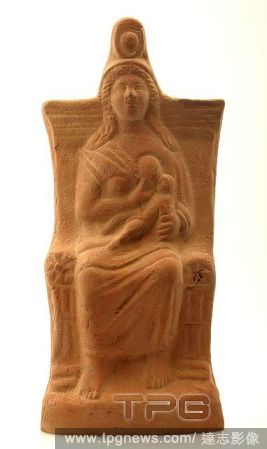
Editorial The collection of connoisseur Philip Hewat-Jaboor at Christies London., King Street, London, UK - 05 Feb 2024
- 2023-06-16
- 1
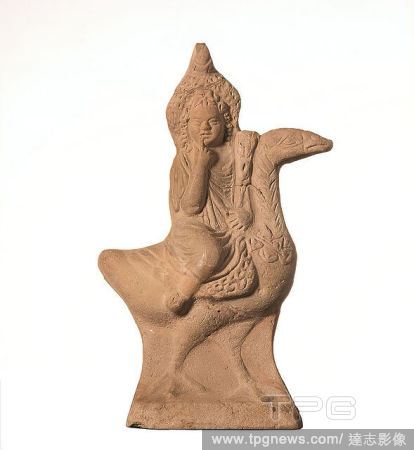
Editorial The collection of connoisseur Philip Hewat-Jaboor at Christies London., King Street, London, UK - 05 Feb 2024
- 2023-06-16
- 1
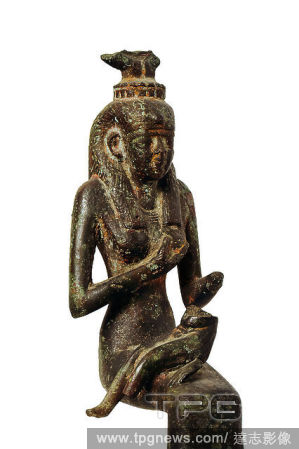
Editorial The collection of connoisseur Philip Hewat-Jaboor at Christies London., King Street, London, UK - 05 Feb 2024
- 2023-06-16
- 1
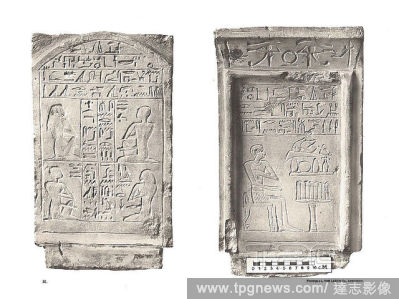
Editorial The collection of connoisseur Philip Hewat-Jaboor at Christies London., King Street, London, UK - 05 Feb 2024
- 2023-06-16
- 1
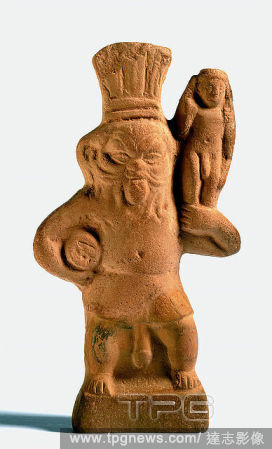
Editorial The collection of connoisseur Philip Hewat-Jaboor at Christies London., King Street, London, UK - 05 Feb 2024
- 2023-06-15
- 1
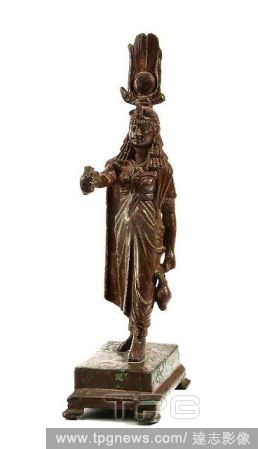
Editorial The collection of connoisseur Philip Hewat-Jaboor at Christies London., King Street, London, UK - 05 Feb 2024
- 2023-06-15
- 1
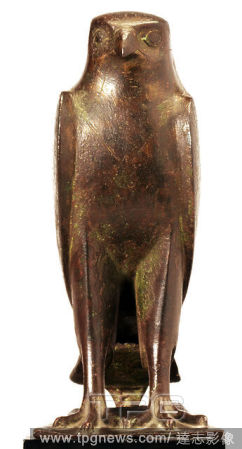
Editorial The collection of connoisseur Philip Hewat-Jaboor at Christies London., King Street, London, UK - 05 Feb 2024
- 2023-06-15
- 1
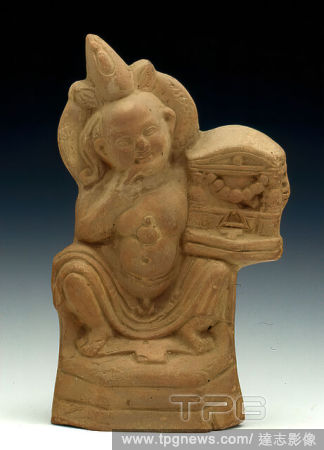
Editorial The collection of connoisseur Philip Hewat-Jaboor at Christies London., King Street, London, UK - 05 Feb 2024
- 2023-06-15
- 1

Editorial The collection of connoisseur Philip Hewat-Jaboor at Christies London., King Street, London, UK - 05 Feb 2024
- 2023-06-15
- 1
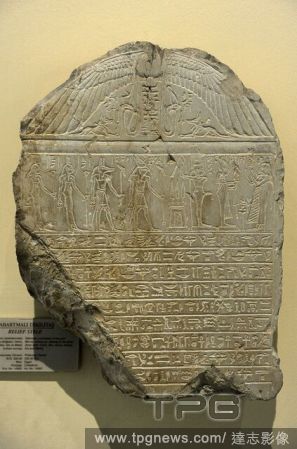
Editorial The collection of connoisseur Philip Hewat-Jaboor at Christies London., King Street, London, UK - 05 Feb 2024
- 2023-06-15
- 2
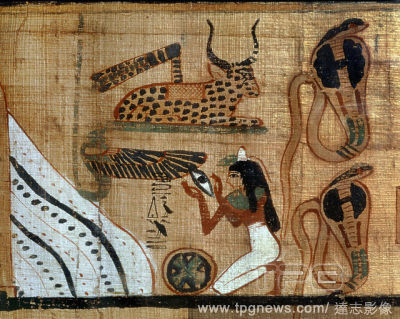
Editorial The collection of connoisseur Philip Hewat-Jaboor at Christies London., King Street, London, UK - 05 Feb 2024
- 2023-06-15
- 1
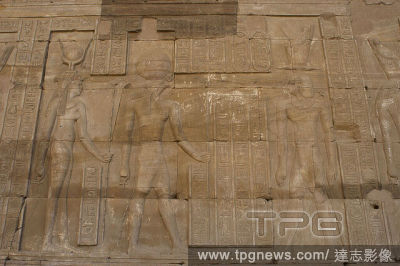
Editorial The collection of connoisseur Philip Hewat-Jaboor at Christies London., King Street, London, UK - 05 Feb 2024
- 2023-06-15
- 1

Editorial The collection of connoisseur Philip Hewat-Jaboor at Christies London., King Street, London, UK - 05 Feb 2024
- 2023-06-15
- 1
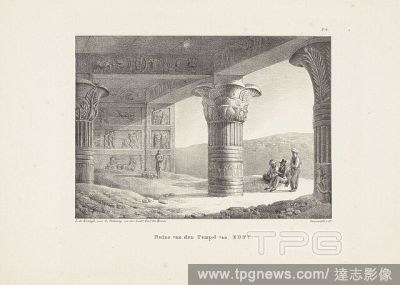
Editorial The collection of connoisseur Philip Hewat-Jaboor at Christies London., King Street, London, UK - 05 Feb 2024
- 2023-06-15
- 1
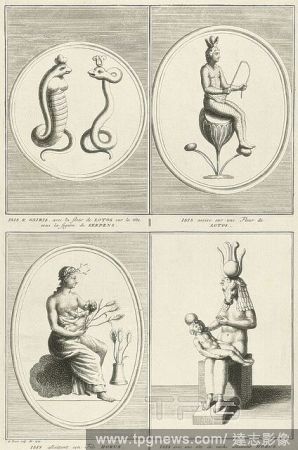
Editorial The collection of connoisseur Philip Hewat-Jaboor at Christies London., King Street, London, UK - 05 Feb 2024
- 2023-06-07
- 1

Editorial The collection of connoisseur Philip Hewat-Jaboor at Christies London., King Street, London, UK - 05 Feb 2024
- 2023-06-07
- 1

Editorial The collection of connoisseur Philip Hewat-Jaboor at Christies London., King Street, London, UK - 05 Feb 2024
- 2023-06-07
- 1
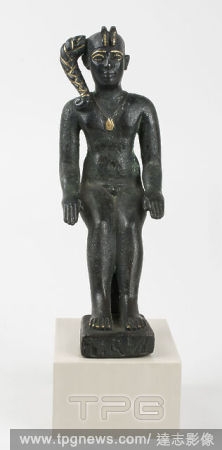
Editorial The collection of connoisseur Philip Hewat-Jaboor at Christies London., King Street, London, UK - 05 Feb 2024
- 2023-06-07
- 1

Editorial The collection of connoisseur Philip Hewat-Jaboor at Christies London., King Street, London, UK - 05 Feb 2024
- 2023-06-07
- 1
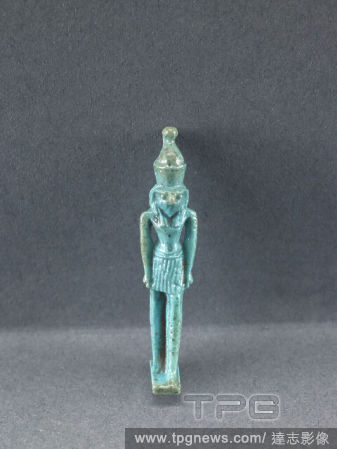
Editorial The collection of connoisseur Philip Hewat-Jaboor at Christies London., King Street, London, UK - 05 Feb 2024
- 2023-06-07
- 1
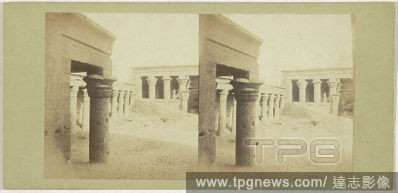
Editorial The collection of connoisseur Philip Hewat-Jaboor at Christies London., King Street, London, UK - 05 Feb 2024
- 2023-06-07
- 1

Editorial The collection of connoisseur Philip Hewat-Jaboor at Christies London., King Street, London, UK - 05 Feb 2024
- 2023-06-07
- 1
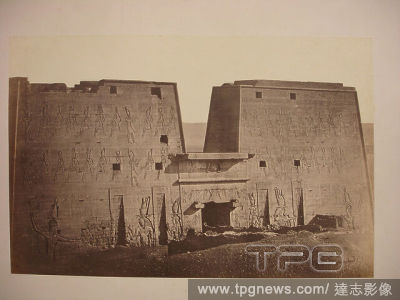
Editorial The collection of connoisseur Philip Hewat-Jaboor at Christies London., King Street, London, UK - 05 Feb 2024
- 2023-06-07
- 1
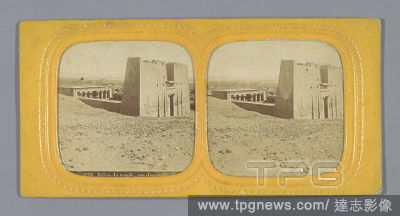
Editorial The collection of connoisseur Philip Hewat-Jaboor at Christies London., King Street, London, UK - 05 Feb 2024
- 2023-06-07
- 1
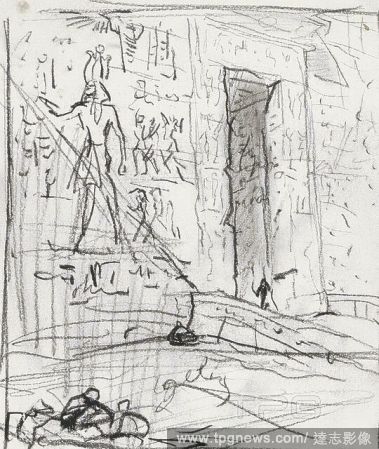
Editorial The collection of connoisseur Philip Hewat-Jaboor at Christies London., King Street, London, UK - 05 Feb 2024
- 2023-06-07
- 1
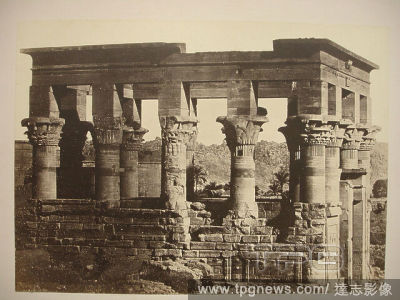
Editorial The collection of connoisseur Philip Hewat-Jaboor at Christies London., King Street, London, UK - 05 Feb 2024
- 2023-06-07
- 1
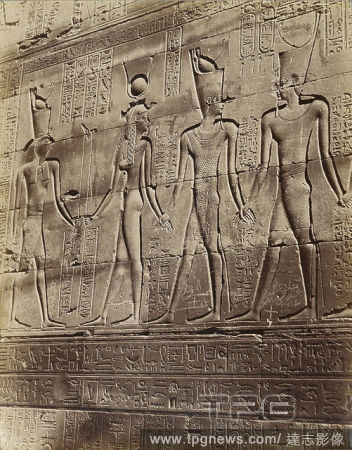
Editorial The collection of connoisseur Philip Hewat-Jaboor at Christies London., King Street, London, UK - 05 Feb 2024
- 2023-06-07
- 1
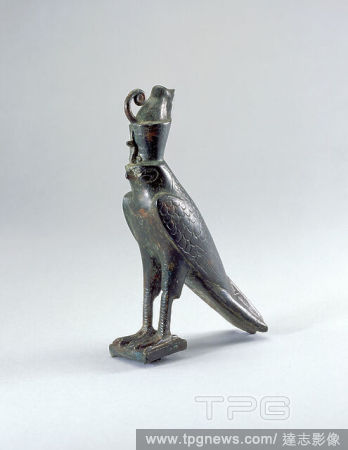
Editorial The collection of connoisseur Philip Hewat-Jaboor at Christies London., King Street, London, UK - 05 Feb 2024
- 2023-06-07
- 1
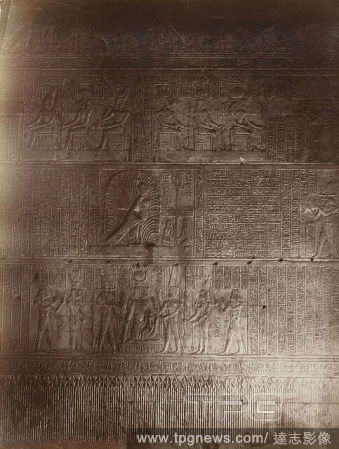
Editorial The collection of connoisseur Philip Hewat-Jaboor at Christies London., King Street, London, UK - 05 Feb 2024
- 2023-06-07
- 1
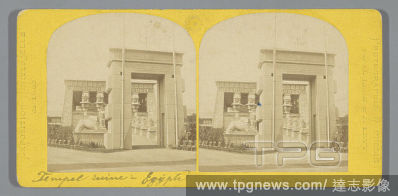
Editorial The collection of connoisseur Philip Hewat-Jaboor at Christies London., King Street, London, UK - 05 Feb 2024
- 2023-06-07
- 1
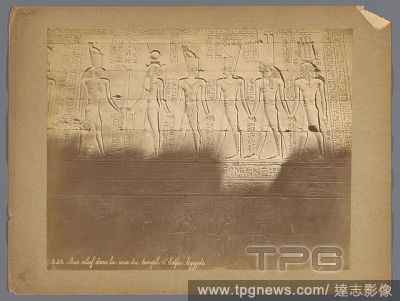
Editorial The collection of connoisseur Philip Hewat-Jaboor at Christies London., King Street, London, UK - 05 Feb 2024
- 2023-06-07
- 1
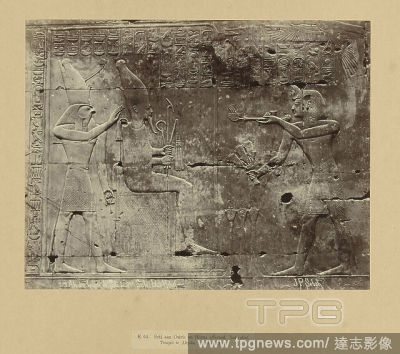
Editorial The collection of connoisseur Philip Hewat-Jaboor at Christies London., King Street, London, UK - 05 Feb 2024
- 2023-06-07
- 2
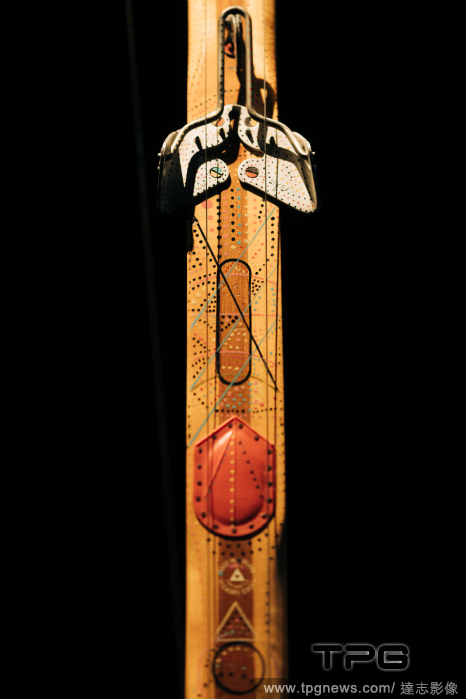
Editorial Douglas R. Ewart’s “Eye of Horus” (2017-18) at the Chelsea Factory in New York, March 17, 2023. (Jeenah Moon/The New York Times)
- 2023-03-22
- 1
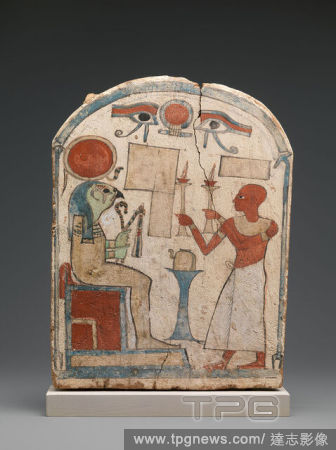
Editorial Douglas R. Ewart’s “Eye of Horus” (2017-18) at the Chelsea Factory in New York, March 17, 2023. (Jeenah Moon/The New York Times)
- 2023-03-17
- 1
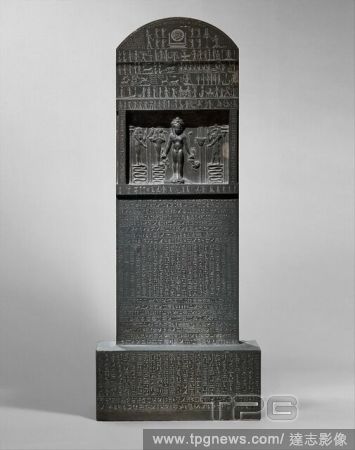
Editorial Douglas R. Ewart’s “Eye of Horus” (2017-18) at the Chelsea Factory in New York, March 17, 2023. (Jeenah Moon/The New York Times)
- 2023-03-17
- 1
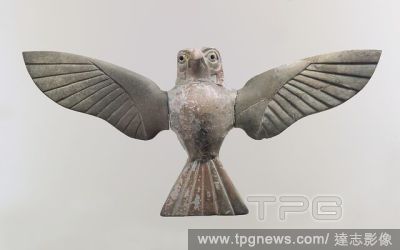
Editorial Douglas R. Ewart’s “Eye of Horus” (2017-18) at the Chelsea Factory in New York, March 17, 2023. (Jeenah Moon/The New York Times)
- 2023-03-17
- 1

Editorial Douglas R. Ewart’s “Eye of Horus” (2017-18) at the Chelsea Factory in New York, March 17, 2023. (Jeenah Moon/The New York Times)
- 2023-03-17
- 1

Editorial Douglas R. Ewart’s “Eye of Horus” (2017-18) at the Chelsea Factory in New York, March 17, 2023. (Jeenah Moon/The New York Times)
- 2023-02-26
- 8

Editorial Statue of Horus. Egyptian. Date: 305 BC-30 BC. Dimensions: 52 ? 48.5 ? 18.75 cm (20 1/2 ? 19 ? 7 3/8 in.). Basalt. Origin: Egypt.
- 2022-12-25
- 1
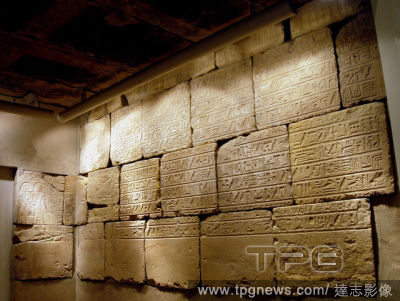
Editorial Burial chamber of Sobekmose.
- 2022-12-25
- 1
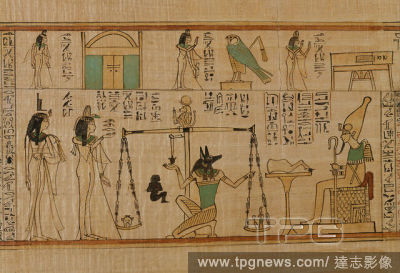
Editorial Book of the Dead for the Singer of Amun, Nany.
- 2022-12-25
- 1
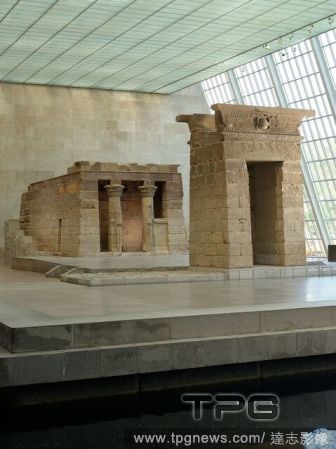
Editorial The Temple of Dendur.
- 2022-12-25
- 1

Editorial Elderly Man Flanked by Egyptian Gods.
- 2022-12-25
- 1
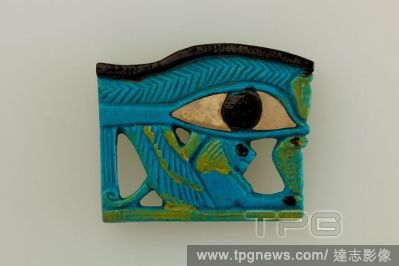
Editorial Wedjat eye amulet.
- 2022-12-25
- 1

Editorial Faience bowl decorated with the Egyptian Ouadjet-eye, a protective symbol, in Egyptian myth the eye of the God Horus, injured by Seth, healed by Toth. From Lachish, 15th-13th BCE.
- 2022-12-25
- 1
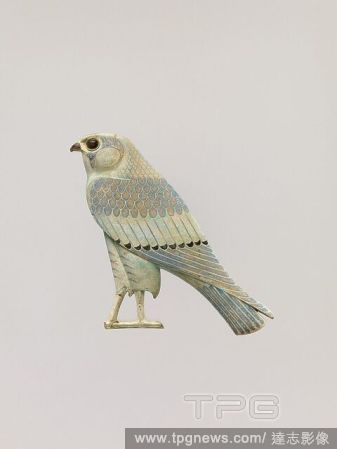
Editorial Inlay depicting a falcon, Late Period?Ptolemaic Period, 4th century B.C., From Egypt; Possibly from Middle Egypt, Hermopolis (Ashmunein; Khemenu), Faience, H. 14.9 cm (5 7/8 in.); W. 1.3 cm (1/2 in.); L. 13.7 cm (5 3/8 in.), This tile represents the fa...
- 2022-12-25
- 1
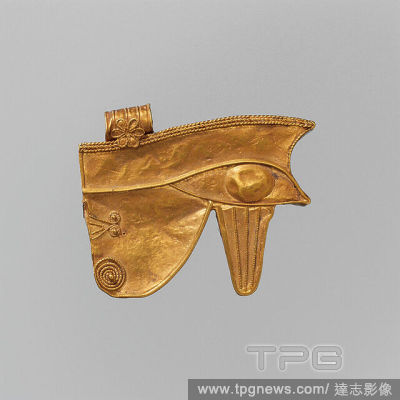
Editorial Wedjat Eye Amulet, Late Period, Dynasty 26?29, 664?380 B.C., From Egypt, Gold, H. 3.2 cm (1 1/4 in); w. 4 cm (1 9/16 in); th. 0.4 cm ( 3/16 in.), The symbolism of this wedjat-eye amulet was one of the most pervasive and powerful in ancient Egypt. Combi...
- 2022-12-25
- 1
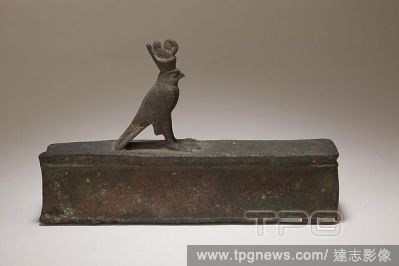
Editorial Case for an animal mummy topped by a falcon, Late Period?Ptolemaic Period, 664?30 B.C., From Egypt, Cupreous metal, H. 13.4 cm (5 1/4 in.); W. 4.9 cm (1 15/16 in.); L. 21.2 cm (8 3/8 in.), The falcon god Horus stands with his wings swept back. He has a...
- 2022-12-25
- 1

Editorial Wedjat Eye Amulet, Late Period, 664?332 B.C., From Egypt, Faience, L. 2 cm (13/16 in.); W. 1.9 cm (3/4 in.); Th. 0.4 cm (3/16 in.), One of the most popular amulets in ancient Egypt, the wedjat eye represents the healed eye of the god Horus. It depicts ...
- 2022-12-25
- 1
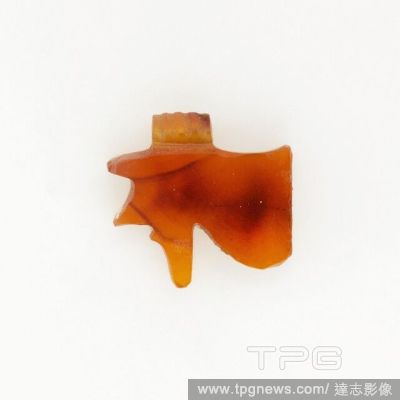
Editorial Wedjat Eye Amulet, Late Period?Ptolemaic Period, 664?30 B.C., From Egypt, Carnelian, L.1.3 cm (1/2 in), One of the most popular amulets in ancient Egypt, the wedjat eye represents the healed eye of the god Horus. It depicts a combination of a human and...
- 2022-12-25
- 1
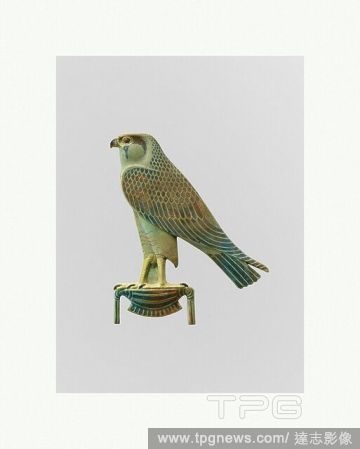
Editorial Inlay Depicting 'Horus of Gold', Late Period?Ptolemaic Period, 4th century B.C., From Egypt; Possibly from Middle Egypt, Hermopolis (Ashmunein; Khemenu), Faience, H. 15.6 cm (6 1/8 in.); W. 1.2 cm (1/2 in.); L. 12.9 cm (5 1/16 in.), This inlay is a com...
- 2022-12-24
- 1

Editorial Coffin lid of Taperet. 664-525 BC. 26th Dynasty. On the top, his name is inscribed and, on the sides, the Pyramid Texts. Decorated with four columns of text. In the end, images of the four sons of Horus: Hapy, Qebehsenuef, Duamutef and Amset. Egypt. Mu...
- 2022-12-24
- 1

Editorial PALETA DEL REY NARMER. HATHOR. HORUS DIOS EGIPCIO.
- 2022-12-24
- 1

Editorial statuette of the goddess Isis with her son Horus, bronze, late period, Egypt, collection of the British Museum.
- 2022-12-24
- 2
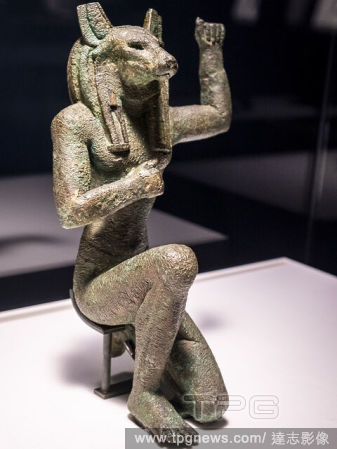
Editorial Jackal-headed Horus of Nekhen, from Upper Egypt, statuette in attitude of jubilance, bronze, late period, 664-332 BC, Egypt, collection of the British Museum.
- 2022-12-24
- 1
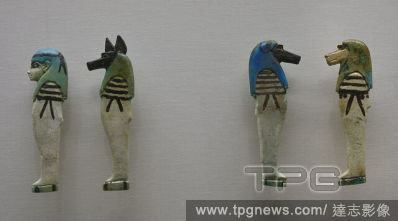
Editorial Egypt. Sons of the god Horus. Late Period. 26th dynasty. 664-525 BC. Polychrome faience (height: 13-14 cm). Calouste Gulbenkian Museum. Lisbon, Portugal.
- 2022-12-23
- 1
 Loading
Loading 